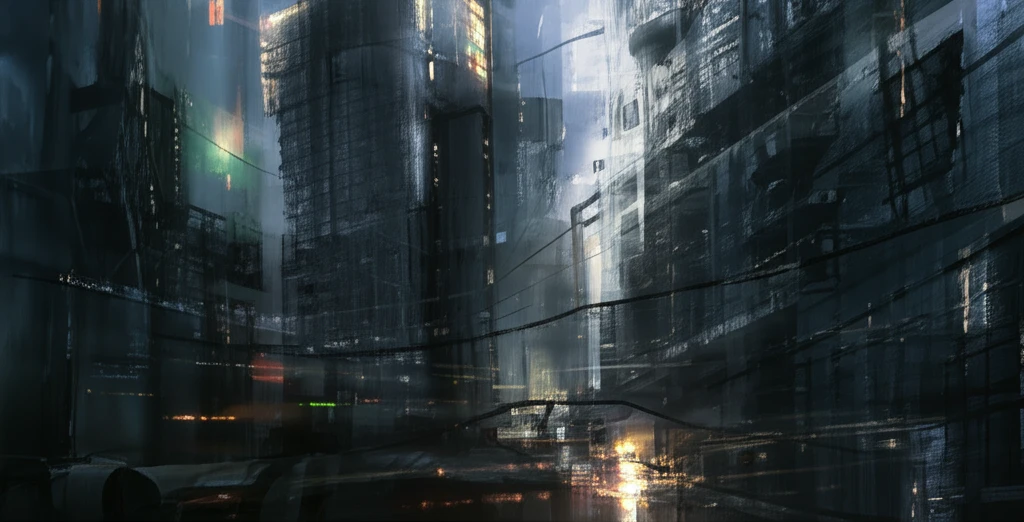
Is Corrosion Eating Away Your World? A Simple Guide to Computer Vision Detection
"From bridges to pipelines, discover how cutting-edge tech is spotting corrosion damage before it's too late, and what it means for your safety and wallet."
Imagine a world where bridges crumble, pipelines leak, and essential infrastructure silently degrades, all because of an invisible enemy: corrosion. It's not just an aesthetic problem; corrosion costs billions annually and poses significant safety risks. But what if we could detect this deterioration early and efficiently, before disaster strikes? That's where computer vision steps in, offering a revolutionary approach to corrosion detection.
Traditionally, detecting corrosion has been a labor-intensive, often destructive process. Physical and chemical tests, while effective, are difficult to perform on large surfaces. However, digital image processing offers a non-destructive, cost-effective, and rapid solution. This technology uses algorithms to analyze images, identifying corrosion with remarkable accuracy.
This article explores how computer vision is transforming corrosion detection across various industries. We will delve into the techniques, benefits, and future possibilities of this cutting-edge technology, making it easy to understand even if you're not a tech expert. Get ready to discover how computer vision is safeguarding our world, one pixel at a time.
How Does Computer Vision "See" Corrosion?

Computer vision doesn't work like the human eye, but it's incredibly effective at spotting patterns and anomalies in images. The process involves several key steps:
- Image Acquisition: Gathering visual data of the target surface using various camera technologies.
- Image Pre-Processing: Cleaning up the images by reducing noise, correcting lighting, and removing unwanted reflections.
- Image Segmentation: Dividing the image into meaningful parts, isolating potential corrosion areas. Techniques include edge detection, region growing, and clustering.
- Feature Extraction: Identifying key characteristics like color, texture, and shape that distinguish corrosion from normal surfaces.
- Image Classification & Analysis: Using algorithms to classify the identified areas as corroded or non-corroded, and then quantifying the extent of the damage.
The Future of Corrosion Detection: What's Next?
Computer vision is not a magic bullet, but it offers a powerful and versatile tool for combating corrosion. As technology advances, we can expect even more sophisticated and reliable detection methods. By embracing these innovations, we can protect our infrastructure, ensure public safety, and save billions of dollars in the process. It's a future where the invisible enemy of corrosion no longer has a place to hide.
